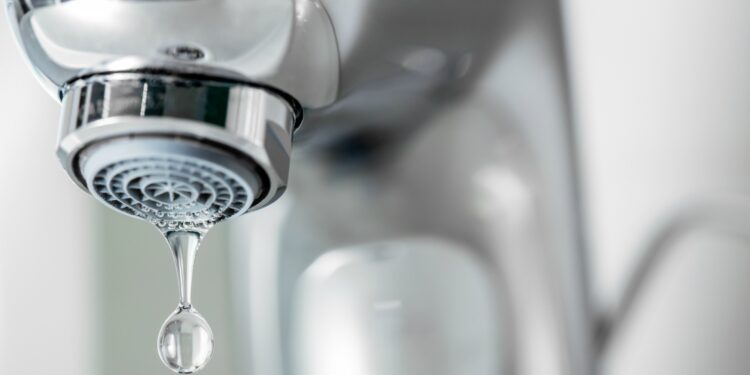It’s the middle of summer and you’re taking a shower when, all of a sudden, the water pressure drops. You start to panic, wondering if there’s something wrong with your home’s plumbing system. Don’t worry, you’re not alone.
Many homeowners experience low water pressure at some point or another. In most cases, it’s a minor issue you can fix on your own. Read on to find out what low water pressure in your home could mean and what to do about it.
Leaking Pipes
Leaks in your home’s plumbing can cause a significant decrease in water pressure as it diverts elsewhere. If you’re experiencing low water pressure, check all your faucets and pipes for leaks.
Call a plumbing repair expert once you detect any leaks or if you can’t determine the reason for the decreased water pressure. Once the leaks are fixed, you should see an improvement in the water pressure.
Clogged Pipes
If something is blocking the flow of water in your pipes, that could also be the reason for low water pressure. Try turning on all of your faucets and see if the water pressure improves. If it doesn’t, you might have a clog somewhere in your plumbing system. A plumber can help clear out any obstructions and restore normal water pressure.
If you’re using hard water, scale build-up could be the culprit. Over time, minerals in hard water can settle on the inside of pipes and restrict water flow. Have your pipes descaled periodically to restore normal water pressure.
Corroded Pipes
If the water has a metallic taste, is brownish, or has a strange odor, you might have corroded pipes. Rust build-up takes place when oxygen reacts with metal pipes. Over time, this can lead to leaks and restricted water flow.
Corrosion is more evident in older lines, but it happens faster when the water is more acidic. The only solution, in this case, is to replace the corroded pipes with new ones.
Old Pumps
If your home has a private well, the pump might be worn out and need replacing. A poorly maintained pump can also lead to low water pressure. Have the pump serviced or replaced when it gets old.
A Faulty Water Pressure Regulator
Installing a pressure regulator protects the pipes and the entire plumbing system from damage when the water pressure is too high. If the regulator is faulty, it might lead to fluctuating water pressures.
When set low, you’ll experience decreased water pressure. Set it at 50 PSI for general water usage and 80 PSI for dishwashers and washing machines. Additionally, check whether it’s broken or clogged.
The Main Water Valve Is Closed
If you’re sure that there is no leak, clog, or obstruction and the water pressure is still low, it might be because the main water valve is closed. Check whether the valve is open all of the way to increase water pressure.
A Problem With the Municipal Water Supply

When the municipal water supply has issues, it can lead to low water pressure in individual homes. It could be a problem with the water company or the infrastructure in your area. If this is the case, you might not be able to do anything about it except wait for the issue to get fixed. However, notify the water company, so they know about the problem and can perform an inspection.
Gravity and Distance From the Source
When your home is elevated or on a hill, the water pressure will be less because of gravity. The further away you are from the water source, the less the water pressure will be. If this is the problem, add a booster pump to increase the water pressure.
Have an Expert Inspect the Plumbing System
If you’re experiencing low water pressure, don’t panic. There are many possible explanations, and most of them can be fixed. Try troubleshooting the issue yourself, or call a plumbing repair expert to get your water pressure back to normal.





